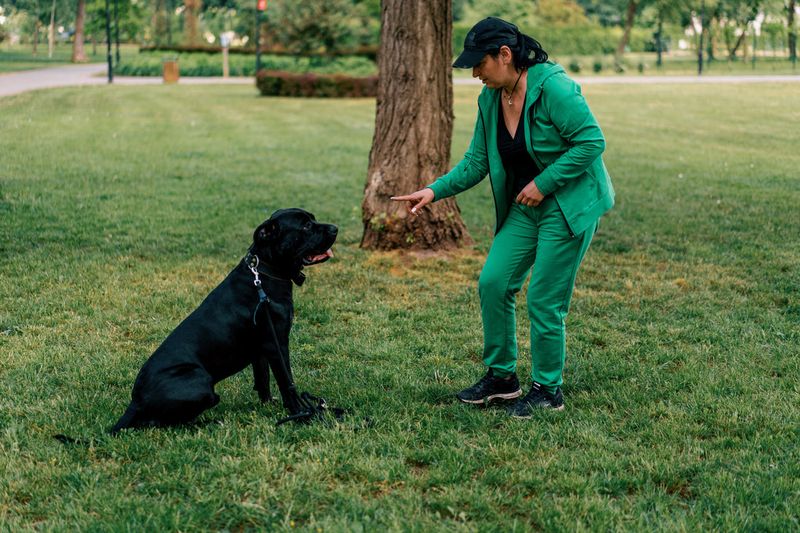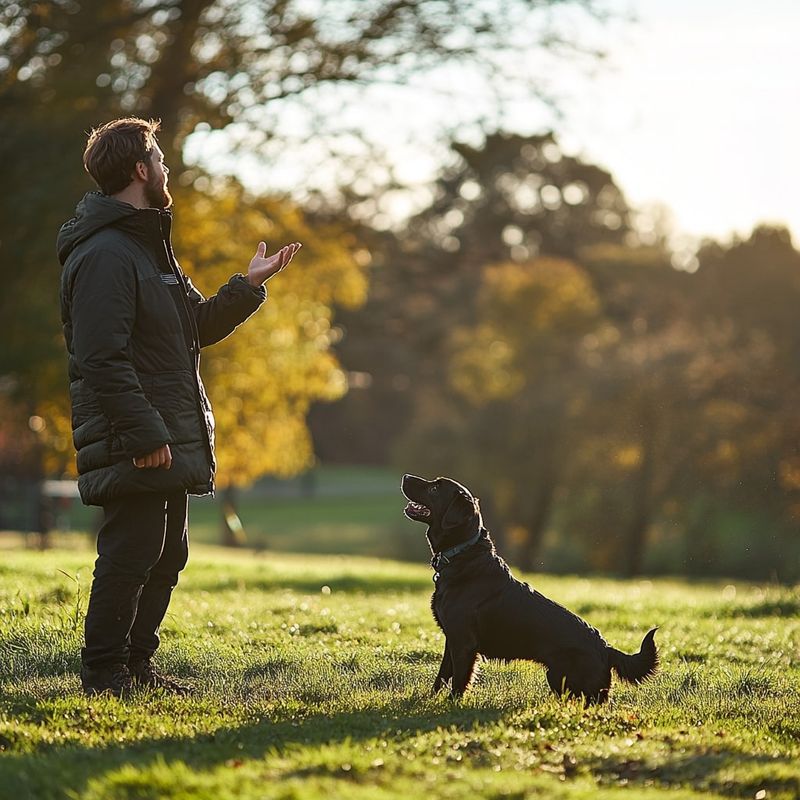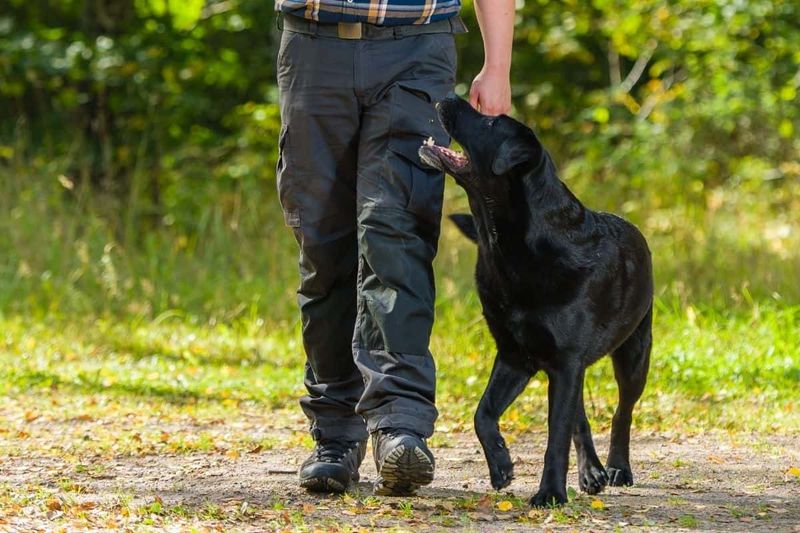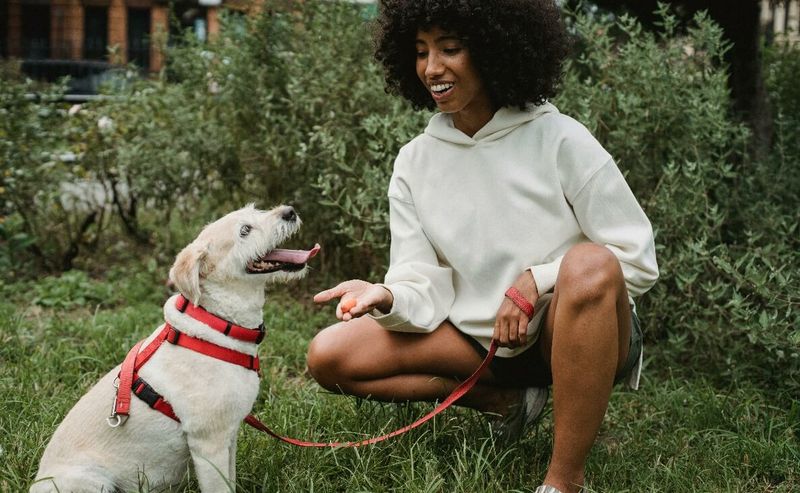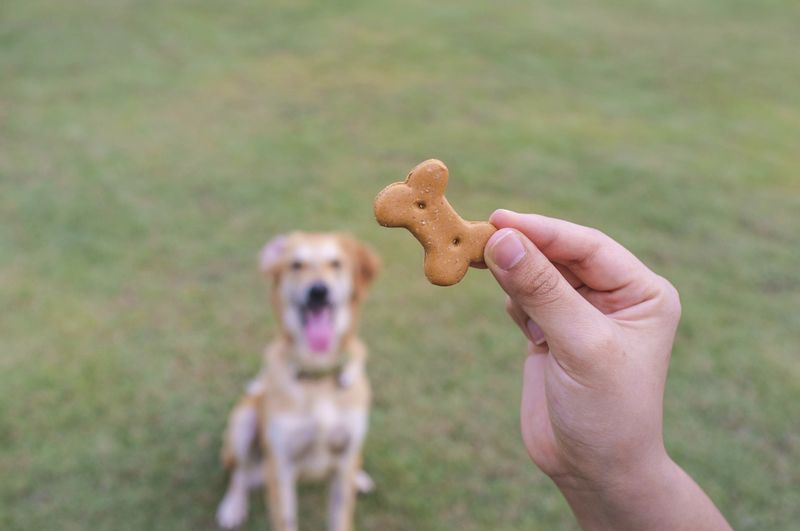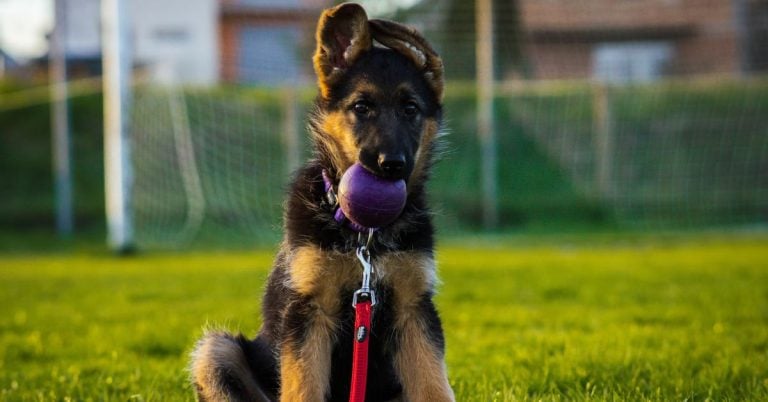8 Words Every Dog Recognizes—And 6 That Mean Nothing to Them
Ever wonder what’s really going on in your dog’s head when you talk to them? You toss out a word, and suddenly their ears perk up, their tail wags, or they tilt their head like they’re processing quantum physics.
But while your furry friend may seem like a four-legged linguist, the truth is—they only catch onto certain words, and the rest? Well, it’s like you’re speaking Martian.
Dogs are surprisingly good at picking up specific cues, especially when those cues are tied to rewards, actions, or consistent training.
Words like “sit,” “come,” or “treat” often become second nature to them. That’s because dogs don’t just listen—they watch your body language, read your tone, and link certain sounds to predictable outcomes.
But not every word makes it through the canine filter. Abstract or emotional words—like “maybe” or “why”—tend to get lost in translation. Dogs thrive on clarity and consistency, and anything vague just doesn’t compute.
So while you might be trying to have a heartfelt chat with your pup, they’re likely just waiting for a familiar word that means food or play.
This article breaks it all down by highlighting eight words that most dogs can understand and six that leave them absolutely stumped.
Whether you’re training a puppy or just curious if your dog truly gets you, understanding their limits and strengths with language can deepen your bond—and save you a few confusing moments.
So grab a treat (for you or the dog—we won’t judge), and get ready to dive into the words that resonate with your best friend… and the ones that go in one floppy ear and out the other.
Let’s decode the canine dictionary together.
1. Sit
Ask any dog owner which command their pet knows best, and “sit” is likely the answer.
This simple word is often one of the first taught to puppies. It’s not just about obedience; it’s a way of getting them to calm down quickly. Many dogs associate the word with reward, as sitting often precedes a treat.
You might notice your dog’s eyes lighting up with understanding when you say it. The ease with which dogs pick up “sit” is remarkable. It’s a staple in the dog training world and for good reason.
“Sit” is not only practical but also helps in creating a bond between pet and owner.
It’s hard to imagine a more universal word in the canine community than this simple, effective command.
2. Stay
Picture this: your dog poised in mid-play, waiting for the next move. “Stay” is more than a command; it’s a test of patience and trust.
This word requires a dog to hold their position until released, showing off their discipline. Many dogs find this command a bit challenging, as their natural instinct is to follow.
Yet, when they master it, the pride is palpable. Owners often use “stay” to keep their pets safe from harm. Whether waiting to cross a road or preventing mischief, it’s a crucial part of training.
The art of staying put is a testament to a dog’s ability to focus and obey. It teaches patience, both for the dog and the owner.
3. Come
Imagine calling your dog from across a field and watching them sprint towards you with sheer joy.
“Come” is a word that transforms distance into closeness, bringing dogs and their owners together. It’s a command that’s often met with enthusiasm, as it usually signals fun or a treat.
Training a dog to respond to “come” is crucial for their safety and freedom. It can prevent them from wandering into danger or getting lost. The eagerness with which dogs respond to this command is heartwarming.
For many, “come” is a lifeline, ensuring that their furry friend stays within reach and out of trouble. It symbolizes trust and affection.
4. Down
When your dog lies down on command, it’s a moment of triumph for both owner and pet. “Down” is a word that requires calmness and submission. It’s often used to settle a dog into a relaxed state, whether at home or in a public setting.
Many dogs learn “down” alongside “sit,” and it becomes a part of their daily routine. The command can be particularly useful in managing hyperactive pups. It’s a cornerstone in teaching dogs to be still and composed.
The ability to go “down” on cue is both practical and endearing, showcasing a dog’s willingness to listen and obey.
5. Leave It
Beagle owners know the challenge of teaching “leave it.” This command is all about self-control and resisting temptation. When dogs learn to “leave it,” they understand that not everything on the ground is for them.
Often used to stop a dog from picking up something harmful, it’s a vital command for their safety. It teaches dogs to trust their owners’ judgment about what’s good for them. The look of restraint on a dog’s face when they obey “leave it” is priceless.
This command is essential for any dog’s repertoire, preventing unwanted snacking and mischief. It’s a testament to their ability to understand boundaries.
6. Heel
Walking with a dog by your side, perfectly in step, is a joy many owners seek. “Heel” is a command that encourages dogs to walk close without pulling. It transforms a stroll into a harmonious experience for both dog and owner.
Training a dog to heel can be challenging but rewarding. It’s about teaching them to match your pace, turning walks into a synchronized dance. This command is especially useful in crowded areas where control is paramount.
Mastering the art of “heel” shows a dog’s discipline and attentiveness. It’s a skill that ensures safe and enjoyable outings.
7. Fetch
The game of “fetch” is a classic that needs no introduction. Most dogs naturally understand the thrill of chasing after a ball or stick. It’s a word that promises fun and exercise, tapping into a dog’s instinct to retrieve.
For owners, “fetch” is a way to bond and burn off energy. The sight of a dog bounding across a field, tail wagging, is a joy to behold. This command brings out a dog’s playful side, encouraging them to engage in the game.
While it seems simple, “fetch” offers mental and physical stimulation, making it a favorite pastime for many dogs.
8. No
Every dog owner has said “no” at some point, hoping their pet understands. This simple word is often used to correct undesirable behavior. While not a command in the traditional sense, it’s an essential part of a dog’s vocabulary.
Dogs learn through repetition, and “no” becomes a signal for them to stop what they’re doing. The effectiveness of this word relies on consistency from the owner. It’s about setting boundaries and helping dogs understand limits.
“No” is crucial in maintaining harmony and preventing misbehavior. It’s a word of guidance, steering dogs towards better choices.
9. Maybe
Dogs need clear cues. Ambiguous terms like “maybe” carry no consistent tone or outcome, so they cause confusion instead of understanding.
The lack of certainty leaves them puzzled, unable to associate it with specific actions or rewards. They thrive on consistency and directness, making “maybe” a word they simply cannot process.
Imagine telling a dog “maybe” when it asks for a treat. The dog remains expectant, its tail wagging in hope, waiting for a cue that never comes.
This irregularity can lead to frustration, as dogs rely heavily on patterns and predictable behavior from their humans.
10. Later
Dogs live in the moment. Concepts tied to future actions or vague timelines don’t translate to their brain’s understanding. “Later” is an abstract term that lacks immediacy and clear outcome, making it irrelevant to a dog’s immediate needs.
Consider a dog eager for a walk, hearing “later” as a response. It stays hopeful, eyes fixed on the door, unable to comprehend the delay. The notion of future is alien to them, as they base their responses on present cues and immediate experiences.
This disconnect emphasizes the importance of direct communication with dogs.
11. Why
Interrogative words don’t register with dogs. They don’t grasp reasoning or causality in the way humans do. “Why” seeks explanation, something dogs are not wired to understand through verbal language alone.
Picture asking a dog “why” it chewed your shoe. The dog simply stares back, wagging its tail, oblivious to the question’s intent. They react to actions and emotions, not abstract inquiries.
This highlights the instinctual nature of dogs, driven by immediate sensory input and learned behaviors rather than complex verbal reasoning.
12. Please
While polite for humans, dogs don’t associate “please” with action or consequence unless it’s paired with another command. The word lacks directness, which is essential for canine understanding.
Imagine a person saying “please” in hopes of eliciting obedience. The dog remains still, waiting for a command it recognizes, like “sit” or “stay”. Without these cues, “please” is merely background noise.
This reflects the straightforward communication that dogs require, where clarity and consistency are key to effectively engaging with them.
13. Whatever
Too abstract for canine comprehension. It lacks specificity and is never used consistently in training. Dogs thrive on precise instructions and “whatever” fails to provide that clarity.
Consider a trainer using “whatever” during a session. The dog remains indifferent, unable to discern any action from such an ambiguous term. This illustrates the gap between human expressions and canine processing.
The simplicity in commands ensures dogs understand expectations, making “whatever” a term that remains outside their grasp.
14. Because
Similar to “why,” this word implies logic or explanation, which isn’t something dogs can follow through language alone. Dogs react to tone and body language, not verbal reasoning.
Envision telling a dog “because” as a justification for not giving a treat. The dog simply waits, ears perked, focused on any signal it recognizes. This underscores the instinctive nature of canine understanding, prioritizing actions over explanations.
“Because” remains a word that dogs do not process, as it doesn’t align with their straightforward communication methods.


